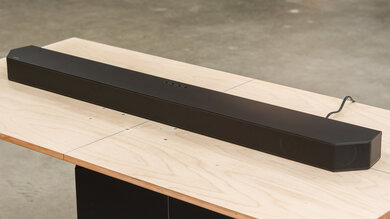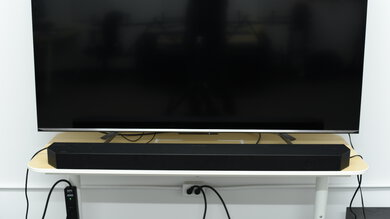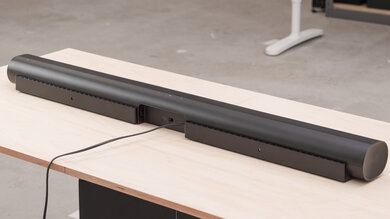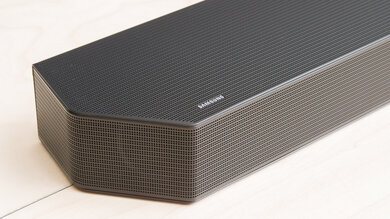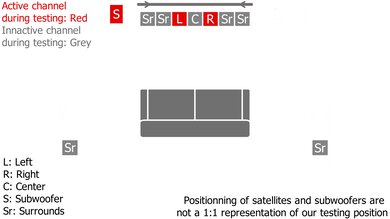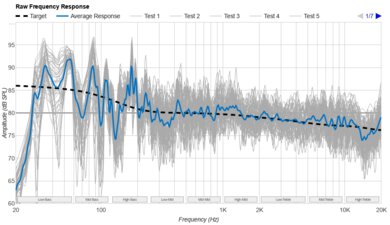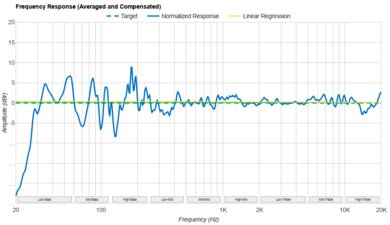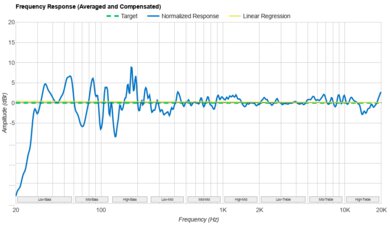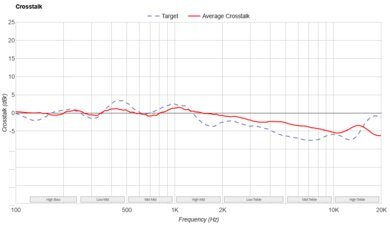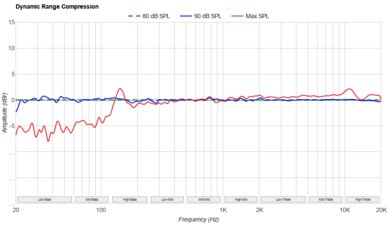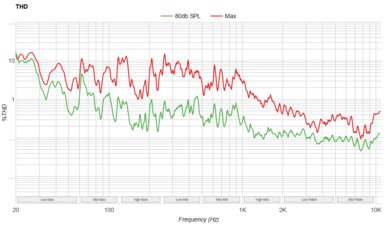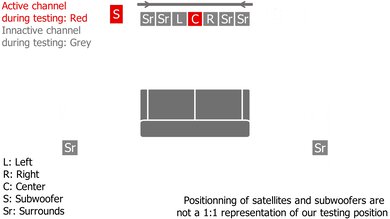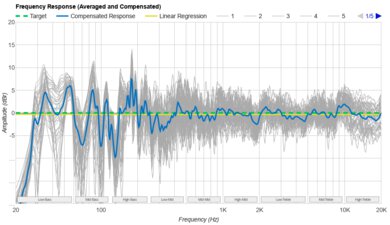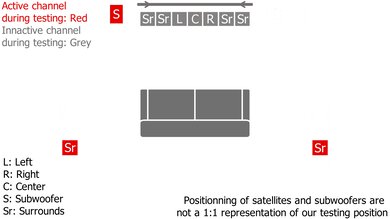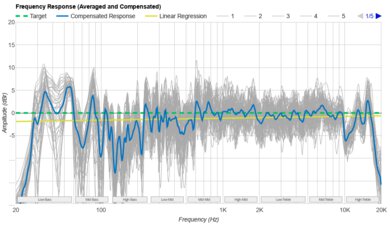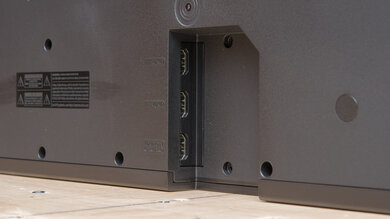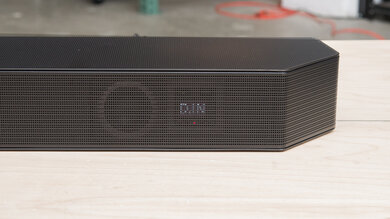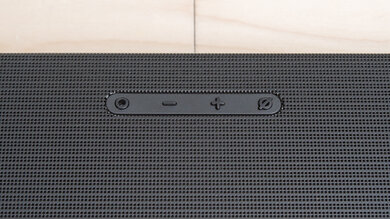Our Verdict
The Sonos Playbar is alright for mixed use. Its sound is suitable for most audio content, like vocal-centric genres like podcasts or TV shows. However, it lacks sub-bass and won't be ideal for bass-heavy music or action movies. It also has poor surround performance and it doesn't support height channels or Atmos. Still, it has a wide soundstage which can help immerse you in your movies or music. The bar gets loud but at max volume, you can hear noticeable compression artifacts, especially in the bass range.
- Solid well-built design.
- Fairly balanced sound profile.
- Great center channel performance for dialogue in movies.
- Easily upgradable setup.
- Lacks sub-bass.
- No Full HDMI In ports.
The Sonos Playbar is good for dialogue. It's got a fairly neutral sound but some may find it too bright. Voices sound accurate and clear which is great for vocal-centric content like audiobooks or podcasts. It can get fairly loud and you can easily stream content using Wi-Fi.
The Sonos Playbar is decent for music. It has a fairly balanced but bright sound. Without its separate subwoofer, it lacks a lot of sub-bass which can disappoint fans of more thumpy genres like EDM. However, it's got a wide soundstage that can immerse you in your favorite tunes. The bar can also get loud, but at max volume, there's noticeable compression, especially in the bass range.
The Sonos Playbar is mediocre for movies. While it has a fairly neutral sound, it doesn't have height channels or Atmos content support. Its lack of bass and slight brightness may impact action movies that have a lot of rumbling explosions. On the upside, thanks to its side-firing speakers, it has a wide soundstage that can help create a more immersive sound experience. This soundbar can also get loud too, although at max volume, there are some compression artifacts, especially in the bass range.
Changelog
- Updated Jan 20, 2022: New update adds DTS support.
- Updated Dec 22, 2021: Added third-party voice assistant support.
- Updated Mar 29, 2021: Converted to Test Bench 1.0.
- Updated Sep 27, 2019: Review published.
Check Price
Popular Soundbar Comparisons
The Sonos Playbar is an older 3.0 soundbar that still performs well for its age. It has a balanced sound but lacks sub-bass. However, just like the Sonos Beam, you can easily upgrade your setup with a subwoofer and satellites. On the downside, it lacks now common connectivity options like HDMI ports and Bluetooth. If you're still shopping around for soundbars, take a look at our recommendations for the best soundbars, the best small soundbars, and the best soundbars 5.1.
The Sonos Arc is a bit more versatile than the Sonos Playbar. The Arc has HDMI ports and also supports Atmos and eARC, unlike the Playbar. Both sound fairly bright, and the Playbar performs better at max volume than the Arc.
The Sonos Beam is a better soundbar than the Sonos Playbar. The Beam has a more neutral sound profile and a sleek, compact design. It also supports ARC via an adapter and is Apple AirPlay compatible.
The Sonos Beam (Gen 2) is better than the Sonos Playbar. The Beam is a better-built 5.0 setup that has a better surround performance. Unlike the Playbar, it supports Atmos content and Apple AirPlay 2, and has built-in voice assistant capabilities. It also has an HDMI ARC port. That said, the 3.0 Playbar gets louder.
The Sonos Playbar is better than the Bowers & Wilkins Formation Bar. The Sonos is better built with better soundstage and center channel performances. It also offers more sound enhancement features to customize its sound. However, the Bowers & Wilkins does offer more wireless playback options, including Bluetooth.
Test Results


